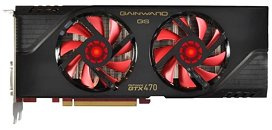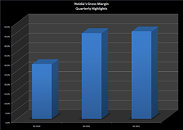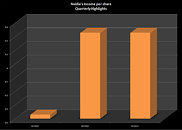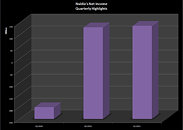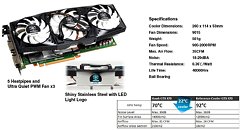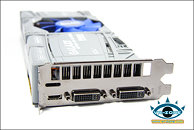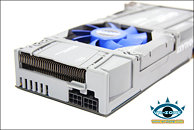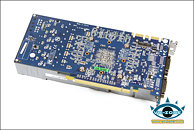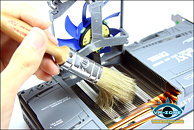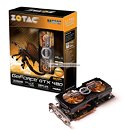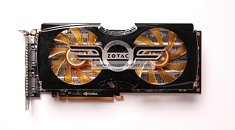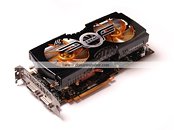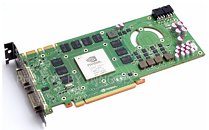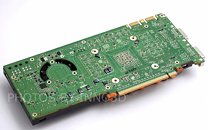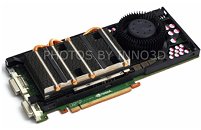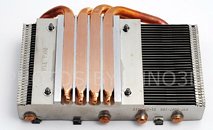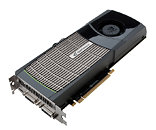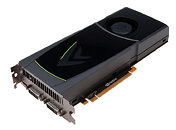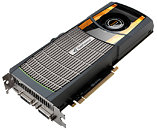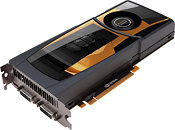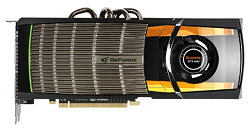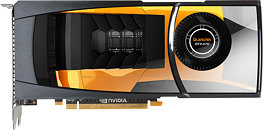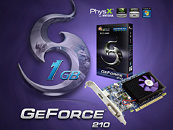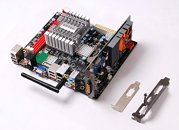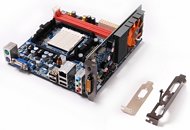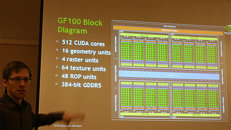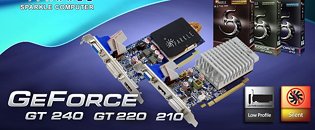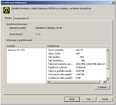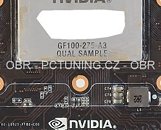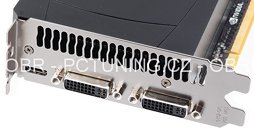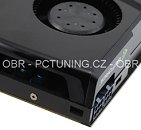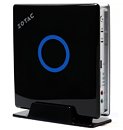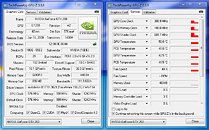
Gainward Intros GeForce GTX 470 Golden Sample
Gainward released a new custom-design GeForce GTX 470 graphics card, which is based on the Gainward GTX 470 GOOD Edition that was launched a month ago, replicated as Palit GTX 470 Dual-Fan. The factory-overclocked model is designated with the Golden Sample (GS) identifier. It packs clock speeds of 650/1301/850(3400) MHz (core/shader/memory), against reference speeds of 607/1215/837(3348) MHz.
As with the GOOD Edition design, it features a slightly longer PCB at 10.5 inches, custom dual-fan GPU cooler, and display outputs which include two DVI-D, and one each of HDMI and DisplayPort (though only two displays can be connected at a time). The DirectX 11 compliant GeForce GTX 470 packs 448 CUDA cores, and 1280 MB of GDDR5 memory across a 320-bit wide memory interface. It is expected to be priced at a slight premium of the GOOD Edition.
As with the GOOD Edition design, it features a slightly longer PCB at 10.5 inches, custom dual-fan GPU cooler, and display outputs which include two DVI-D, and one each of HDMI and DisplayPort (though only two displays can be connected at a time). The DirectX 11 compliant GeForce GTX 470 packs 448 CUDA cores, and 1280 MB of GDDR5 memory across a 320-bit wide memory interface. It is expected to be priced at a slight premium of the GOOD Edition.
